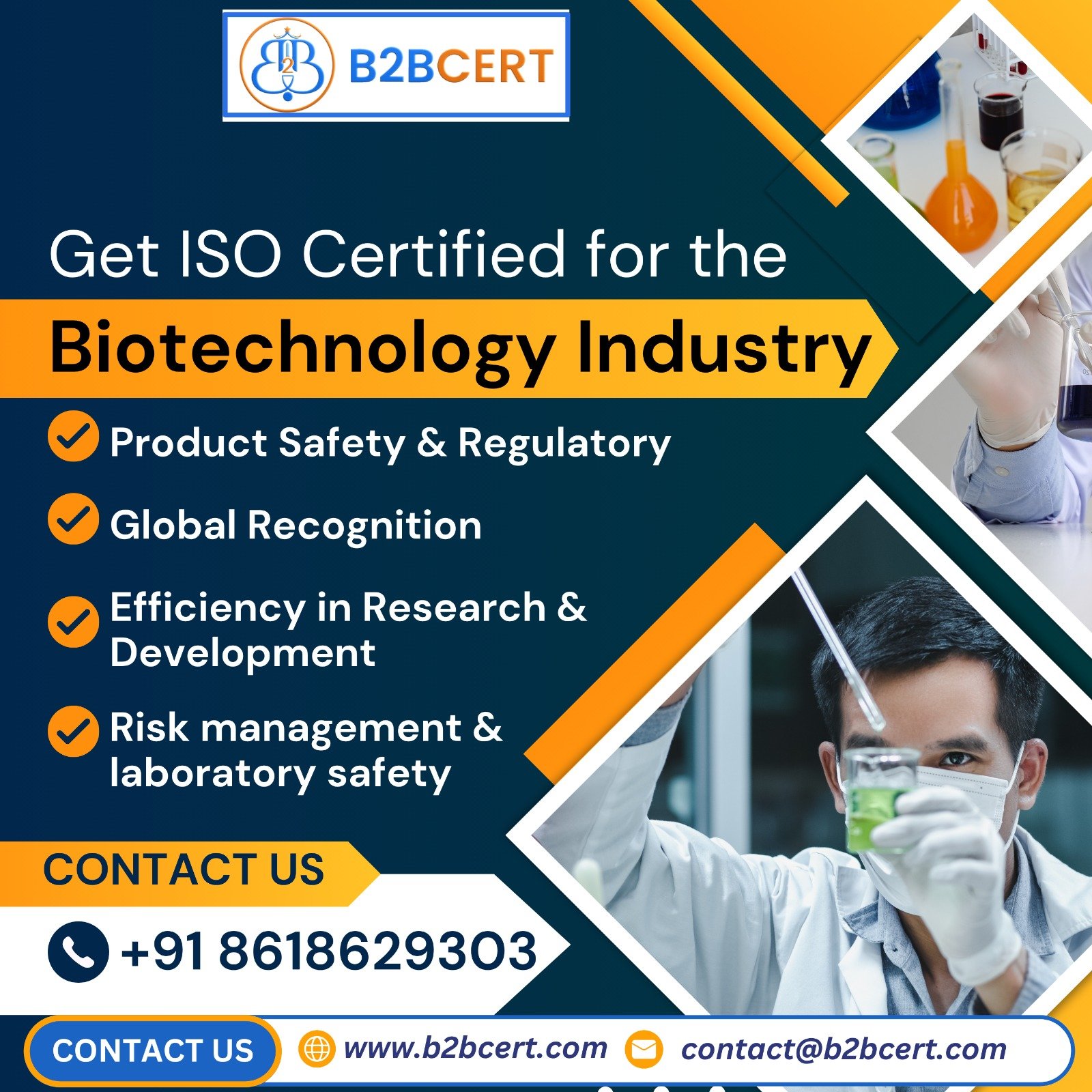I. Introduction
A. Overview of HACCP and Its Role in Food Safety
Hazard Analysis and Critical Control Points (HACCP) is a systematic approach to identifying, evaluating, and controlling food safety hazards. It has become a global standard in food safety management, focusing on prevention rather than detection. HACCP encompasses a series of principles designed to ensure that food products are safe for consumption, protecting consumers from foodborne illnesses and contamination. By implementing a HACCP plan, food businesses can proactively address potential risks, thereby enhancing overall food safety.
B. Importance of Proper HACCP Training for Food Industry Professionals
Effective HACCP training is vital for food industry professionals, as it equips them with the knowledge and skills necessary to implement HACCP principles successfully. Understanding the intricacies of the HACCP process enables employees to recognize potential hazards and take appropriate measures to control them. Moreover, proper training fosters a culture of safety within the organization, where every team member understands their role in maintaining food safety standards.
C. Brief Mention of Key Areas Covered in HACCP Training
HACCP training covers various critical areas, including hazard analysis, establishing critical control points, monitoring procedures, corrective actions, and verification processes. These components ensure that participants grasp the fundamentals of HACCP, allowing them to apply these principles effectively in their work environments. By addressing these areas, training programs can prepare food industry professionals to uphold the highest standards of food safety.
II. What is HACCP?
A. Definition of HACCP (Hazard Analysis and Critical Control Points)
HACCP stands for Hazard Analysis and Critical Control Points. It is a preventive food safety management system that focuses on identifying and controlling hazards at specific points in the food production process. This systematic approach helps to minimize the risks of foodborne illnesses and ensures that products are safe for consumer consumption. The HACCP framework is based on seven core principles, each designed to guide organizations in establishing and maintaining effective food safety management systems.
B. History and Evolution of HACCP in Food Safety Management
The origins of HACCP date back to the 1960s when the Pillsbury Company developed the system for NASA’s space food program. The primary goal was to ensure that astronauts received safe and nutritious food during their missions. Over the years, HACCP evolved and gained recognition as a vital framework for food safety. In 1993, the U.S. National Advisory Committee on Microbiological Criteria for Foods endorsed HACCP as a standard for the food industry. Today, it is widely adopted by food manufacturers, processors, and service providers across the globe.
C. Key Principles of HACCP and Their Importance in Preventing Foodborne Hazards
HACCP is built on seven key principles:
- Conduct a Hazard Analysis: Identify potential hazards associated with food production, including biological, chemical, and physical risks.
- Determine Critical Control Points (CCPs): Identify points in the production process where control can be applied to prevent, eliminate, or reduce hazards to acceptable levels.
- Establish Critical Limits: Set measurable criteria for each CCP to ensure that the process remains under control.
- Implement Monitoring Procedures: Develop procedures to monitor CCPs regularly, ensuring that critical limits are being met.
- Establish Corrective Actions: Outline actions to take when monitoring indicates that a critical limit has not been met.
- Verify the HACCP System: Ensure that the HACCP plan is functioning effectively through validation and verification processes.
- Establish Record-Keeping and Documentation Procedures: Maintain accurate records of all HACCP-related activities, ensuring accountability and compliance.
These principles are essential in preventing foodborne hazards, safeguarding public health, and ensuring regulatory compliance.
III. Why is HACCP Training Essential?
A. The Critical Role of Training in Understanding and Applying HACCP Principles
HACCP training is crucial for food industry professionals as it provides a comprehensive understanding of the principles and processes involved in HACCP. Training equips staff with the knowledge to recognize potential hazards and implement effective controls. Without adequate training, employees may struggle to identify risks or apply the necessary measures to mitigate them, leading to increased chances of food safety incidents.
B. Ensuring Compliance with Regulatory Requirements
Regulatory agencies worldwide require food businesses to implement HACCP plans to ensure food safety. Proper training ensures that employees are aware of these regulations and understand how to comply with them effectively. By investing in HACCP training, organizations can stay ahead of regulatory requirements, reduce the risk of non-compliance, and avoid potential legal repercussions.
C. How Training Improves Hazard Identification and Control in Food Production
Training enhances employees’ ability to identify hazards throughout the production process. By understanding the specific risks associated with their roles, staff can actively contribute to hazard analysis and implement appropriate controls. This proactive approach not only minimizes the risk of foodborne illnesses but also fosters a culture of food safety within the organization.
IV. Key Components of HACCP Training
A. Hazard Analysis: Identifying and Assessing Potential Risks
A significant component of HACCP training involves teaching employees how to conduct thorough hazard analyses. This process includes identifying biological, chemical, and physical hazards, assessing their potential impact, and determining the likelihood of occurrence. Training in hazard analysis ensures that employees can systematically evaluate risks and prioritize control measures.
B. Critical Control Points (CCPs): Establishing Points in the Process to Prevent Hazards
Training on CCPs focuses on identifying critical points in the food production process where control measures can be applied. Employees learn how to establish and monitor these points to prevent hazards from occurring. This training helps ensure that staff are equipped to recognize and act on critical points, thereby enhancing food safety.
C. Monitoring Procedures: How to Effectively Monitor CCPs
Effective monitoring is crucial for maintaining food safety standards. HACCP training teaches employees how to develop and implement monitoring procedures for each CCP. This includes setting up regular checks, documenting results, and understanding the significance of monitoring data. By mastering these skills, employees can ensure that critical limits are consistently met.
V. Types of HACCP Training Programs
A. Online vs. In-Person Training: Pros and Cons of Each
HACCP training programs are available in various formats, including online and in-person training. Online training offers flexibility and accessibility, allowing participants to learn at their own pace. However, it may lack the interactive elements of in-person training, which can enhance understanding through hands-on activities and real-time feedback. Each format has its advantages and disadvantages, and organizations should consider their specific needs when choosing a training program.
B. Certification Courses: Options Available for Different Levels of Staff
Certification courses provide structured training that meets industry standards. These courses cater to different levels of staff, from entry-level employees to management, ensuring that all team members are equipped with the necessary knowledge. Organizations should evaluate their workforce’s needs and select appropriate certification courses to foster a well-rounded understanding of HACCP principles.
C. Customized Corporate Training Programs for Businesses
Customized corporate training programs are tailored to meet the specific needs of an organization. These programs can address unique processes, hazards, and challenges faced by the business. By investing in customized training, organizations can ensure that their staff receives relevant instruction that directly applies to their roles, ultimately enhancing the effectiveness of their HACCP implementation.
VI. Benefits of Effective HACCP Training
A. Enhances Food Safety and Reduces Contamination Risks
One of the primary benefits of effective HACCP training is its ability to enhance food safety by reducing contamination risks. Proper training equips employees with the knowledge and skills to identify potential hazards at every stage of the food production process. Through a comprehensive understanding of hazard analysis and critical control points, employees can better monitor and control these risks, ensuring that food remains safe for consumption.
B. Boosts Employee Confidence and Accountability
Effective HACCP training plays a vital role in boosting employee confidence. When staff are thoroughly trained, they understand their responsibilities within the HACCP system and are better prepared to handle food safety challenges. This confidence translates into a more accountable workforce, as employees are aware of their critical role in preventing foodborne hazards. Accountability also improves communication between teams, fostering a culture of food safety where everyone feels responsible for maintaining high standards.
C. Strengthens Customer Trust and Brand Reputation
Investing in HACCP training can significantly strengthen customer trust and boost a company’s brand reputation. Consumers today are more aware of food safety standards and prefer to engage with businesses that prioritize hygiene and safety. By implementing thorough HACCP practices and ensuring that employees are well-trained, businesses can build a positive reputation for safety and reliability. This trust translates into customer loyalty, which can be a major competitive advantage in the marketplace.
VII. Challenges in Implementing HACCP Training
A. Common Obstacles Such as Resistance to Change or Lack of Engagement
One of the most significant challenges in implementing HACCP training is overcoming resistance to change. Employees may be accustomed to certain practices and hesitant to adopt new safety protocols. Lack of engagement can also hinder the effectiveness of training. To combat these obstacles, it’s essential for leadership to emphasize the importance of HACCP training and create a supportive environment where employees feel valued and understood.
B. Addressing Knowledge Gaps and Ensuring Continuous Learning
Another common challenge is addressing knowledge gaps among staff. Inadequate or inconsistent training can result in misunderstandings of HACCP principles, leading to errors in food safety practices. Ensuring continuous learning is key to overcoming this challenge. Businesses should provide regular refresher courses and updates on emerging food safety issues. By maintaining an ongoing education system, organizations can keep their workforce knowledgeable and up-to-date with the latest safety standards.
C. Overcoming Barriers to Successful HACCP Application on the Production Floor
Applying HACCP principles in real-world settings can present additional barriers, such as time constraints and the complexity of monitoring critical control points. Ensuring that HACCP protocols are followed consistently on the production floor requires clear guidance and sufficient resources. Businesses must allocate time and staff to thoroughly implement HACCP plans and provide adequate support to frontline workers.
VIII. Conclusion
A. Recap of the Importance of HACCP Training in Ensuring Food Safety
HACCP training is essential for ensuring food safety across the entire supply chain. By educating employees on hazard analysis, critical control points, and effective monitoring, businesses can significantly reduce the risk of food contamination. Proper training not only helps in complying with food safety regulations but also creates a safer environment for both employees and consumers. With well-trained staff, businesses can uphold the highest standards of safety and prevent potential hazards before they become costly issues.
B. Encouragement to Invest in Ongoing HACCP Education for Long-Term Success
Investing in HACCP training is not a one-time endeavor; it requires ongoing education to ensure long-term success. Food safety standards continue to evolve, and businesses must stay current with industry best practices. By prioritizing continuous HACCP education, organizations can safeguard their operations, strengthen customer trust, and maintain a reputation for excellence in food safety. In doing so, they not only protect public health but also ensure the long-term sustainability of their business.












Leave a Reply